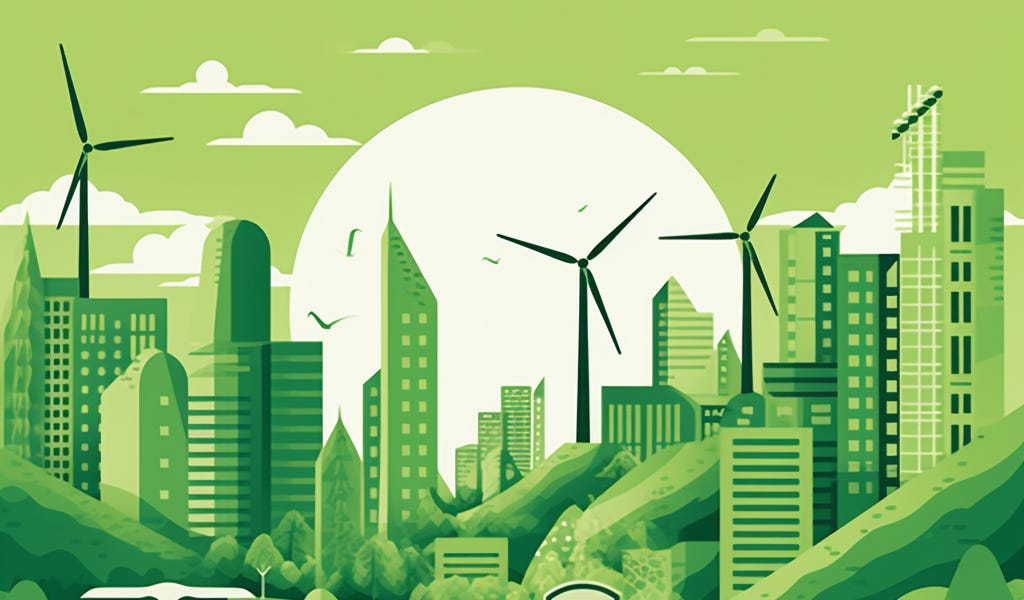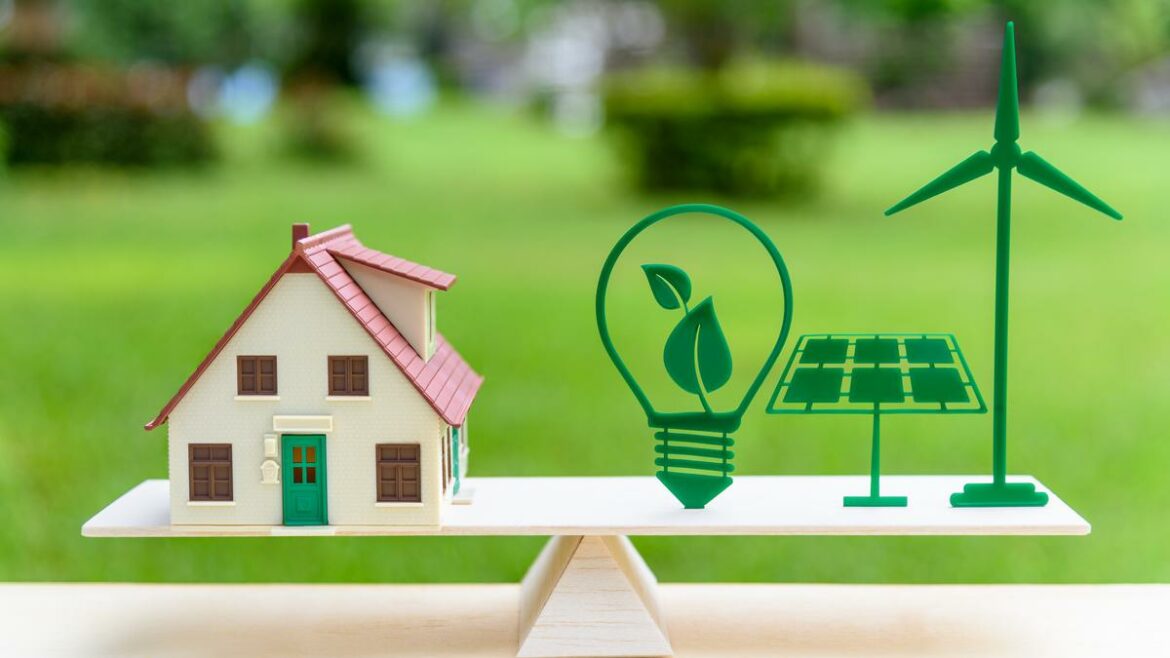As the world grapples with the challenges of climate change and environmental degradation, the importance of sustainable living has never been more apparent. The construction and renovation industry plays a significant role in this endeavor, as buildings account for a substantial portion of global energy consumption and greenhouse gas emissions. Embracing eco-friendly renovation practices is not only an opportunity to reduce our carbon footprint but also an investment in a greener and more sustainable planet. Let’s explore how renovating for a green planet can make a positive impact on our environment and our lives.
Energy-Efficient Upgrades:
One of the most impactful ways to renovate for sustainability is to prioritize energy-efficient upgrades. This includes replacing outdated windows with double-glazed, energy-efficient alternatives, installing programmable thermostats, and upgrading to LED lighting. Investing in energy-efficient appliances and HVAC systems can significantly reduce energy consumption and utility costs, while also lowering greenhouse gas emissions.
Sustainable Materials:
Water Conservation:

Renewable Energy Integration:
Green Roofs and Insulation:
Benefits of Green Renovations:
Renovating for a green planet comes with a multitude of benefits:
- Environmental Impact: Green renovations significantly reduce carbon emissions and minimize the demand for non-renewable resources, thus promoting a sustainable future for generations to come.
- Cost Savings: Energy-efficient upgrades and water-saving fixtures lead to substantial cost savings on utility bills, making green renovations a financially prudent choice in the long run.
- Health and Wellbeing: Sustainable materials and improved indoor air quality contribute to healthier living environments, enhancing occupants’ health and wellbeing.
- Market Value: Green renovations can increase the market value of a property, making it more attractive to environmental-conscious buyers.

